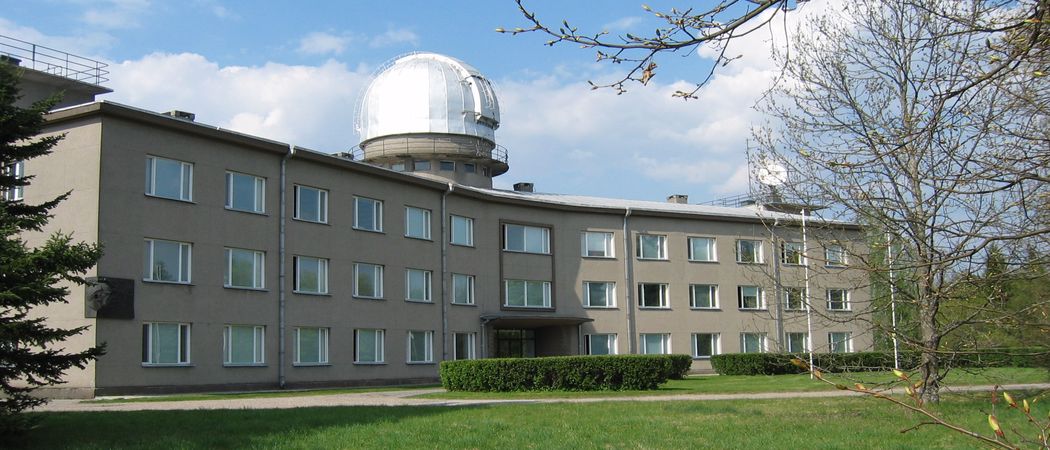
Tartu Observatory. Photo: Tartu Observatory website.
Milrem Robotics secured a European Space Agency (ESA) contract to start applying its autonomy capabilities towards planetary rovers with Tartu Observatory. The current project, planned as the first in a series of projects, aims to map the current state of the art of planetary rovers and develop tools to increase planetary rover autonomy using the methods Milrem Robotics is currently applying in its terrestrial ecosystem of products. The agreement was signed last week.
"Milrem is very proud to cooperate with ESA in the development of innovative space capabilities. Together with our research partner, Tartu Observatory of the University of Tartu, we can provide the best intelligent navigation solutions for lunar and planetary missions," said Professor Mart Noorma, Science and Development Director at Milrem Robotics.
European Space Agency’s desired outcome in this first project is an automatic mission planning system to reduce the amount of human intervention required for various lunar operations. The developed system will automate the execution of surface operations or respective analogue activities considering input data, such as remote observation data of the environment, points of interests with varying priorities and the possibility to descope or add points during runtime, operations required to be performed, rover resources and constraints, and in-situ imagery and other locally gathered data.
ESA’s Global Exploration Roadmap foresees the stepwise advancement of humankind into our solar system within the next 20 years, starting with the Moon and using lunar missions to mature capabilities for enabling more ambitious Mars missions in the next twenty years. In this global vision, robotic missions precede human explorers to the Moon, near-Earth asteroids, and Mars.
One such future lunar robotic mission example is the European Large Logistic Lander (EL3). The EL3 project aims at delivering cargo or a rover to the lunar surface. In the rover option of the project, a surface rover would be controlled to collect surface samples to be returned to Earth. Then the rover could continue the exploration of the surface, covering long-distance traverses while being continuously operated by surface operations teams on Earth. The foreseen traverses are in the range of 300 km, meaning a whole new class of distances not covered before by robotic space missions, and requiring significantly increased autonomy and automation capabilities, such as those Milrem Robotics is currently developing for terrestrial use.
The current project will kickstart the development of lunar rovers in Estonia and expand the know-how and facilities needed to start developments towards future missions.
“The project is the first step to enable Estonian autonomy technologies reach beyond the surface of the Earth and allow humanity to spread further into our solar system. Hopefully larger and more grandiose projects will follow,” said Mihkel Pajusalu, Head of the Space Technology Department at the Tartu Observatory and Associate Professor of Space Technology at the University of Tartu.
This article was first published on June 22 by University of Tartu.




 A unique international forum for public research organisations and companies to connect their external engagement with strategic interests around their R&D system.
A unique international forum for public research organisations and companies to connect their external engagement with strategic interests around their R&D system.